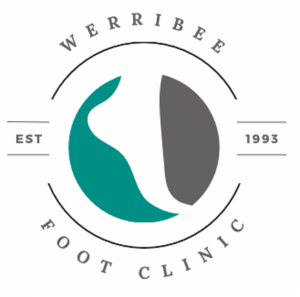Commonly referred to as being Pigeon-Toed or Duck-Footed respectively. In-toeing means that the feet point inwards instead of pointing straight ahead when walking and Out-toeing, the opposite, is when the toes point outwards.
In-toeing in more common in young children and most often corrects as children develop. Children with In-toeing may trip more than other children and be less stable on their feet so supervision during high activity is needed. If in-toeing persists beyond the age of 2 or is causing problems, stretching exercises or special shoes, could be needed.
By the age of 2, most children walk with their feet pointing straight ahead or slightly outward. Just as the toes can point inwards at one stage of a child’s development, they can point outwards at another and will usually straighten as children develop.
Because these are so common and do not affect children’s feet or walking long-term, treatment is not usually given unless the case is severe or persistent. Treatment may include corrective shoes, foot supports or physical therapy.
